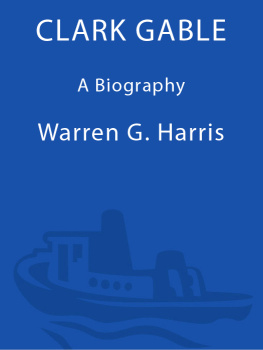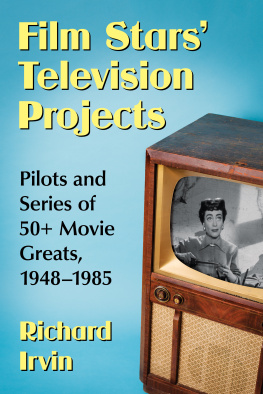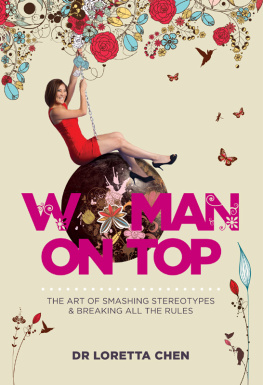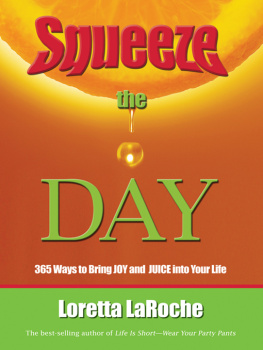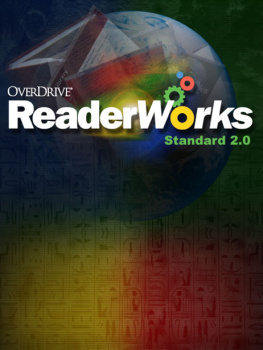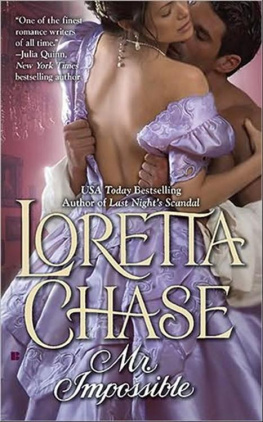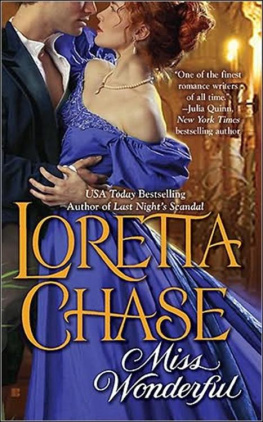HOLLYWOOD MADONNA
HOLLYWOOD LEGENDS SERIES
CARL ROLLYSON, GENERAL EDITOR
HOLLYWOOD MADONNA
Loretta Young
Bernard F. Dick

www.upress.state.ms.us
The University Press of Mississippi is a member of the Association of
American University Presses.
Copyright 2011 by University Press of Mississippi
All rights reserved
Manufactured in the United States of America
First printing 2011
Library of Congress Cataloging-in-Publication Data
Dick, Bernard F.
Hollywood Madonna : Loretta Young / Bernard F. Dick.
p. cm. (Hollywood legends series)
Includes bibliographical references and index.
ISBN 978-1-61703-079-6 (cloth : alk. paper)
ISBN 978-1-61703-080-2 (ebook)
1. Young, Loretta, 19132000. 2. Motion picture actors and actresses
United StatesBiography. I. Title.
PN2287.Y6D53 2011
791.43028092dc22
[B] 2010053734
British Library Cataloging-in-Publication Data available
For Ned Comstock
PREFACE
My family entered the television age in February 1954, when The Loretta Young Show was in its first season. Then, my only interest was live television. I delighted in Studio One and Robert Montgomery Presents, which brought theatre into our parlor, along with missed cues, flubbed lines, and camera gaffes that actually enhanced the immediacy of the experience. Filmed television was movies; live television, even variety shows, like The Ed Sullivan Show and The Perry Como Show, were theatre. My mother watched I Love Lucy and The Loretta Young Show. I did notthen.
I knew who Loretta Young was. I probably saw her before 1944, but my earliest memory of Loretta Young is a scene from And Now Tomorrow (1944) that lodged itself in my memory. (Little did I know at the time that I would be writing her biography.) It is the scene when Loretta, now hearing-impaired, awakens to the sight of a rain-streaked window. But there is no sound. She knows she should hear the impact of the rain against the glass, but cannot. I had no idea what a subjective camera or a POV shot were, but I shared Lorettas fear, reflected in a face that, still beautiful, had taken on a kind of delicately expressed alarm, devoid of histrionics and panicthe sort of expression one would expect from a well-bred woman facing the first crisis in her life. I also had fond memories of The Farmers Daughter, and, as the product of a Catholic grade school education, of Come to the Stable, in which Lorettas Sister Margaret corresponded to the kind of nun with whom I was familiar: the nun who uses her gentle, and often wily, powers of persuasion to accomplish her endalways, of course, for the greater glory of God.
Because my mother rhapsodized about The Loretta Young Show, I decided to watch it with her, but just onceor so I thought. I was mesmerized by Lorettas much touted entrance, in which she executed a 180-degree turn while closing the doorher dress seeming to rotate with herand then breezed into the living room where she purred her welcome. My first thought was, How phony! But after I saw a few more episodes, I knew that what might have seemed like artifice was Lorettas special form of theatre. It wasnt live, but she made it seem as if it were, particularly with that iconic entrance so reminiscent of the way a star makes her first appearance in a Broadway play. But that was Lorettaa star doing a star turn.
In 1954, I did not appreciate the historic significance of The Loretta Young Show, unaware that it was the first truly successful (it ran eight seasons) attempt at anthology televisionnot a show that used the sitcom format, in which the stars play the same characters in each episodebut one following the repertory model, in which the star appears in a different vehicle each week. If asked how to define The Loretta Young Show in 1954, I would have said: Thirty-minute movies. Thats how they struck me. And, in a sense, I think my original definition holds true: They were truncated movies.
I had not thought much about Loretta over the years until the mid-1990s when Judy Lewis, her daughter by Clark Gable, published Uncommon Knowledge, in which Lewis divulged the details of her birth, the result of a liaison between the unmarried Loretta and the married Gable while they were filming The Call of the Wild (1935). I thought I was reading a treatment for a womans picture, with a cover-up that seemed like something out of an unwed mother movie of the 1930sLoretta as Stella Dallas. Judys Loretta Young was not the plucky Katie of The Farmers Daughter or the saintly Sister Margaret. There was a real person, in some ways a tragic one, behind the Loretta Young who glided through the door, ready to offer another character from a repertory that seemed to defy categorization.
I knew then that I wanted to tell Lorettas story, but from a different perspective, focusing on the woman and her films. It is impossible to separate the artist from the art when it is the art that reveals the artist. The films, beginning with Laugh, Clown, Laugh (1928), which made a star out of a fifteen-year-old newcomer, present a gradual efflorescence of a talent that was too often mistaken for Hollywood glamour or heavenly beauty. I have chosen to interweave Lorettas films with her life in, I think, the right proportion. Since so many of her 1930s films are inaccessible except to fans of Turner Classic Movies (TCM), I have synopsized the plots for readers unfamiliar with these movies, but interested in seeing their place in her career.
I have chosen a form of documentation familiar to readers of trade books, one that uses neither parenthetical documentation nor the raised footnote/endnotes format of The Chicago Manual of Style. Readers interested in the source of a particular statement need only consult this books notes section, in which the documentation appears page by page. A few words taken from a statement or quotation are followed by notation of their source.
I was privileged to meet Judy Lewis, and I hope I have done her mother justice. And for the movie lover, I trust I have done the same.
I would also like to acknowledge my gratitude to the following: Grover Crisp, vice president, Asset Management and Film Restoration, Sony Pictures; actor Douglas Dick, who appeared with Loretta in The Accused (1948); Craig Fuller, associate editor, Utah Historical Society; Barbara Hall, Special Collections, the Margaret Herrick Library; Mother Dolores Hart, mother abbess, Abbey of Regina Laudis; Kristine Krueger of The National Film Information Service (NFIS); the staff of Fairleigh Dickinson Universitys Metro Campus library, especially reference librarian Kathleen Stein-Smith, MaryAnn Sena, and Deborah Daniele; Terry Salomonson, Audio Classics Archive; veteran publicist Walter Seltzer; and biographer Donald Spoto.
I have made use of the following special collections:
The Margaret Herrick Library, Fairbanks Center for Motion Picture Study
Loretta Young Clippings File
Paramount Collection
Jane Ardmore Papers
Gladys Hall Collection
Lux Radio Theatre Collection
Hollywood Womens Press Club Records
Hal Wallis Collection
University of Southern California (USC), Cinema-Television Library
Hedda Hopper Collection
Warner Bros. Archives
MGM Collection
Constance McCormick Collection
Louella Parsons Collection
Twentieth Century-Fox Collection
Universal Collection
Next page

